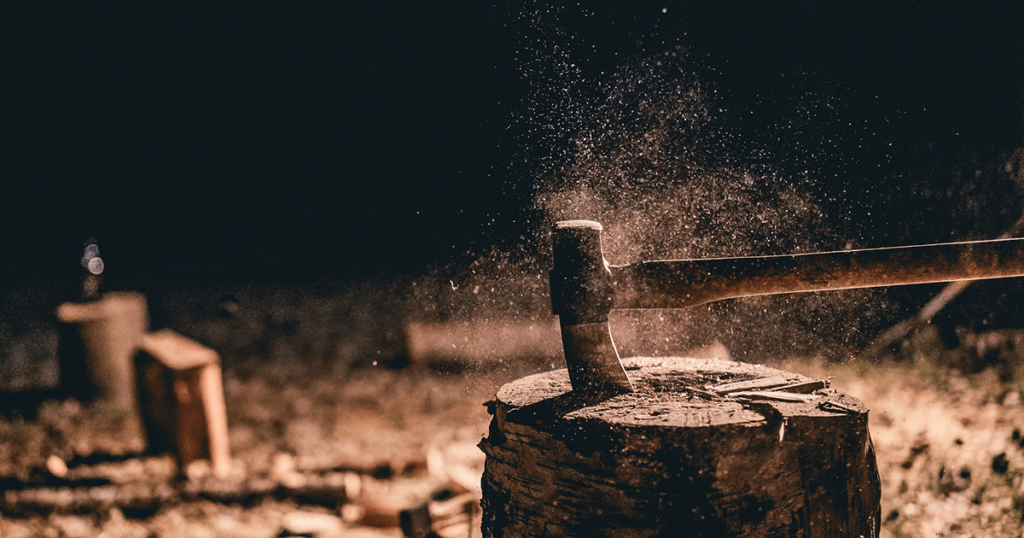
In this climate, all it takes to count as cold is a burst of rain and wind and temperatures around 50. This fall we got our first round of it in mid-September. It was short-lived. A month later, the last weekend in October, the first really cold weather came, with near-freezing temperatures, lots of wind, rain, and hail on the coast and snow in the mountains. In the first class of the following week, with the cold hanging on, I asked a student about his weekend.
He’s about 60, retired, cheerful, always making jokes that I later have trouble remembering. What were we laughing at? There is no obvious answer. What’s humorous, each time, is simply his manner when reporting anything, making everyone in class chuckle. That day it was just the two of us. I smiled, halfway to laughing just at his saying he’d spent the weekend at the house in the village.
“Have you got a fireplace?” I asked.
He put on a sly, questioning look, and took a few stabs at what I meant. “Aha!” he said, as he established that I was asking about what’s called in Spanish a chimenea. He said yes, there was one, but for heating they depended more on the cocina.
That word means kitchen but also a cook stove, in particular a traditional wood- or coal-burning one with an iron surface for heating pots, an oven, and sometimes a reservoir for heating water. It will be built in, not freestanding. Any casa de aldea, village cottage, with any history at all will have one. It’s what makes a home cozy. My student rubbed his hands together, drew his shoulders in, as if huddling by the stove, and laughed. So did I, thinking what a good joke all this bad weather was.
“Do you cut your own wood?” I asked, though I felt sure of the answer. This is a man, both relaxed and industrious, who would enjoy cutting and splitting his own wood and stacking it, each piece the same length and heft. His woodpile would be as orderly as his wife’s kitchen drawers.
He said he did, and then confided that he did it alone rather than accept his brother-in-law’s help, though it was really a job for two, one with the chainsaw, the other holding and advancing the length of wood along a sawhorse. The one time the brother-in-law had helped, he’d hardly given my student time to get his fingers out of the way before bearing down with the saw. Whereas someone else might sound indignant at the memory, my student didn’t. Instead, he laughed. “Una y no más, Santo Tomás!” he exclaimed.
The Spanish interjection in his rough-and-ready mix of English and Spanish got my attention, so finished, so fleet. “What was that?” I asked, but he had trouble recalling what he’d said. When he did, he explained it just means you don’t repeat an error, you learn. He laughed about these things we say without noticing, these old sayings.
“In English those old sayings are also called saws.”
“Ah?” he said, and we both laughed again.
An hour later, class over for the evening and out in the nippy night weather, I was warmed by the thought of my student cutting wood, quick on his toes to save his fingers, Santo Tomás looking on. Why Santo Tomás, I’d asked, wondering if a particular nuance was suggested, such as fear, indignation, or regret. My student said it was just what sounded good.
Since then, the weather has fluctuated regularly, surprising warmth winning out over the surprising cold. That evening, though, it felt like winter was here to stay. On arriving home to an empty house, the fire long cold, I found the image of my student cutting wood wasn’t the same joke it had been. But then, neither is the weather.

